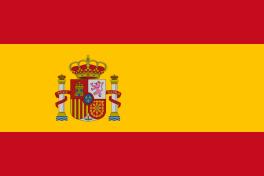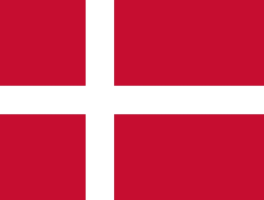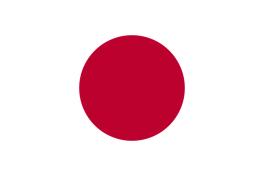These were
launched
TARANIS & SEOSat-Ingenio
TARANIS and SEOSat-Ingenio shared what was supposed to have been a trip to orbit on Vega for this mission.
TARANIS
TARANIS stands for Tool for the Analysis of RAdiations from lightNIngs and Sprites. The French-led satellite, with contributions from the U.S., Denmark, Japan, the Czech Republic, and Poland, was to examine the area above thunderstorms that can produce gamma ray flashes and visible light in different forms and colors.
The visible light is called a Transient Luminous Event, a fancy term for lightning that occurs high in the atmosphere -- sometimes in the ionosphere, which is located between 80 to 1,000 km above sea level.
TARANIS was to specifically look at an area between 10 and 100 km to understand the underlying elements that help produce these gamma flashes and high-altitude lightnings.
These events last less than a few milliseconds. This makes ground observations difficult; however, a satellite can passively observe thunderstorms and record these flashes and lightning events and download that data back to the ground afterward.
The mission was planned to last two years.
SEOSat-Ingenio
SEOSat-Ingenio (Spanish Earth Observation Satellite - Ingenio) was Spain’s first optical imaging satellite.
The mission was to provide Spanish civilian and government institutions with high-resolution images of Earth for map making, land use, city planning, water management, environmental changes, and natural disaster response.
The mission was planned to last for at least seven years.
Image: TARANIS. Credit: Arianespace
On this
rocket
Vega
Vega
"Vettore Europeo di Generazione Avanzata,” meaning “Advanced generation European carrier rocket" in Italian -- Vega.
The rocket was designed by Arianespace to fill the need for a smaller launch vehicle that didn't need to take huge satellites to far away orbits but instead bring smaller satellites to orbits closer to Earth's surface.
Vega is made up of four stages. Standing 30 meters tall, the first three stages are solid rocket motors while the fourth stage uses a liquid fueled, restartable engine designed to place satellites into their precise orbits.
The rocket first launched in 2012, has a per mission cost of approximately $37 million (USD), and is currently being upgraded to the Vega-C variant, which should begin flying in 2022.
While Arianespace operates the rocket, Italy and the European Space Agency (ESA) own it.
It was designed and is built by ESA, France, Spain, Belgium, the Netherlands, Switzerland, and Sweden.
Photo: Arianespace
From this
launch site
ELV - Guiana Space Center - Kourou, French Guiana
November 17, 2020
The Ensemble de Lancement Vega (ELV) pad at the Centre Spatial Guyanais (Guiana Space Centre) was previously used to launch the Europa, Ariane 1, Ariane 2, and Ariane 3 rockets under a different name.
It hosted its first launch on November 5th, 1971 when a Europa rocket launched the STV-4 payload. It was used for the final time for an Ariane 3 rocket in 1989, after which it went unused until 2012 when Vega began flying.
Located in French Guiana, the ELV pad is part of the French and European spaceport located near Kourou on the northern tip of South America.
Guiana Space Centre
The space center has been operational since 1968 and has hosted launches for the European Space Agency (ESA), the French National Centre for Space Studies, and commercial companies Arianespace and Azercosmos.
A total of 9 different rocket types have launched from the Guiana Space Centre, including three active rockets and six retired vehicles.
The current rockets of the Guiana Space Centre include the Ariane 5 for heavy payloads, the Russian-provided Soyuz 2 for medium-mass satellites, and Vega for smaller spacecraft.
The spaceport is also preparing for the Ariane 6, Vega C, and Vega E rockets currently under development that will launch from the space centre.
Photo: European Space Agency - S. Corvaja
Another Launch
See All LaunchesGET THE SUPERCLUSTER APP
THE SUPERCLUSTER PODCAST
A podcast exploring the amazing milestones that changed space history, the wildest ideas that drive our future, and every development in this new Golden Age of Space.
SUPERCLUSTER ON PATREON
Your support makes the Astronaut Database and Launch Tracker possible, and keeps all Supercluster content free.
SUPPORTCOPYRIGHT 2021 SUPERCLUSTER LLC








